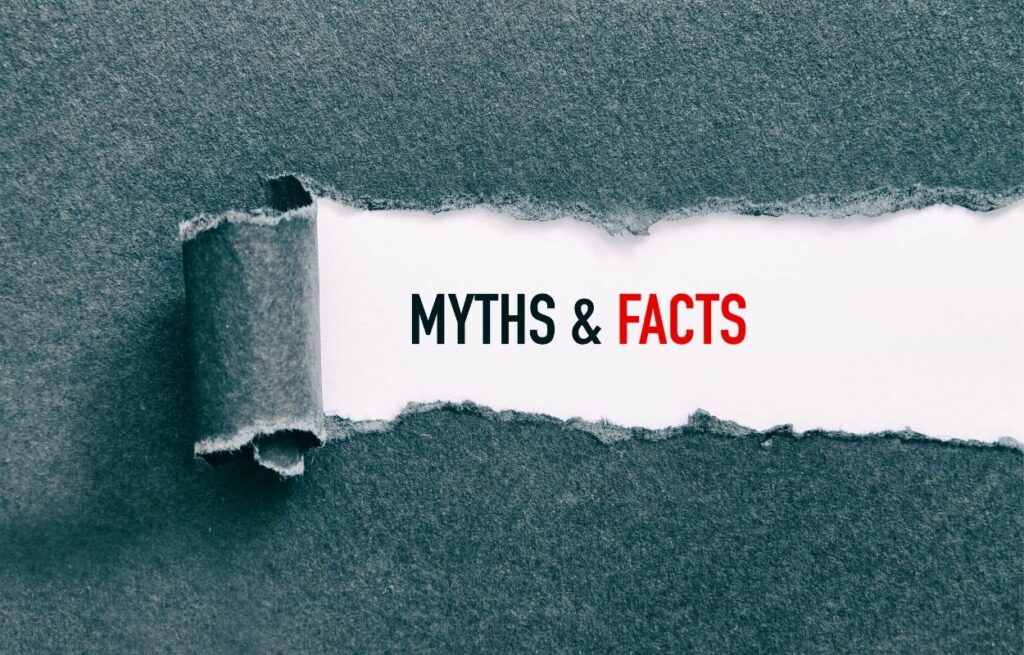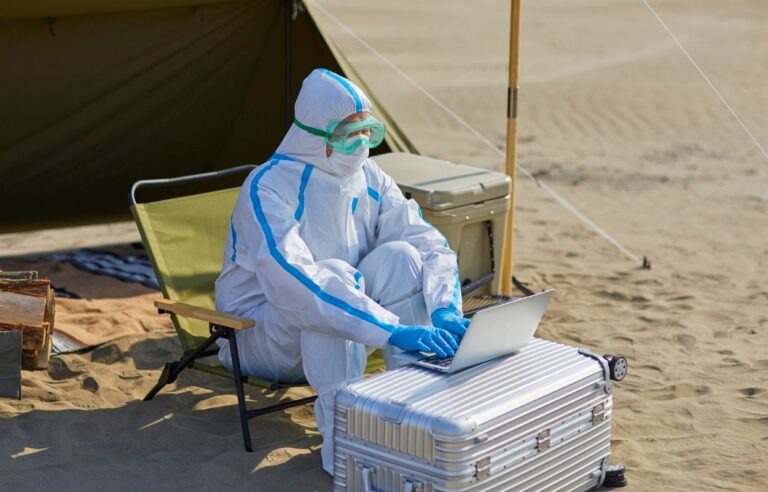
If you’ve ever heard about asbestos, chances are you’ve also heard a fair share of myths surrounding it. Asbestos might sound like a scary topic, and for good reason. But there’s a lot of misinformation out there that makes understanding the truth even harder. Today, we’re tackling some of the most common myths about asbestos abatement to clear the air (pun intended). Whether you’re a homeowner, renter, or business owner in Victoria, knowing the facts can help you make better decisions about asbestos abatement.
MYTH 1: ONLY OLD HOMES HAVE ASBESTOS
One of the most common misconceptions is that asbestos is only found in old homes built before the 1980s. While it’s true that asbestos was widely used in construction materials back then, it doesn’t mean newer buildings are completely asbestos-free. Some materials containing asbestos were still in use into the 1990s. If you live in a home built or renovated during that time, there’s a chance asbestos could still be present.
The important takeaway here is that asbestos can linger in surprising places—not just in old homes. Common culprits include insulation, ceiling tiles, and even some floor tiles. If you’re unsure, an inspection by a certified professional is the best way to know for sure.
MYTH 2: YOU CAN REMOVE ASBESTOS YOURSELF
This myth is both dangerous and misleading. Removing asbestos is not a DIY job, no matter how handy you are. Asbestos fibers are incredibly small and can become airborne during removal. Inhaling these fibers is what leads to serious health issues like asbestosis, lung cancer, and mesothelioma.
Professional asbestos abatement in Victoria follows strict regulations to ensure safety. Certified experts use specialized equipment and protective gear to minimize exposure. Attempting to remove asbestos yourself can put you and your family at risk. Plus, improper removal can actually spread asbestos fibers, making the situation worse.
MYTH 3: ASBESTOS IS ONLY DANGEROUS WHEN DAMAGED
While it’s true that damaged asbestos is more likely to release fibers into the air, undamaged asbestos isn’t exactly safe either. Even materials in good condition can pose a risk if they’re disturbed. This might happen during renovations, drilling, or even routine maintenance. Over time, materials can deteriorate naturally, increasing the chances of fibers becoming airborne.
The safest approach is to leave undamaged asbestos-containing materials alone until a professional can assess the situation. Experts can determine whether removal, encapsulation, or simply monitoring the materials is the best course of action.
MYTH 4: ASBESTOS IS BANNED EVERYWHERE
Many people assume asbestos has been completely banned worldwide, but that’s not true. While some countries, including Australia and the UK, have banned asbestos entirely, others still allow limited use. In Canada, asbestos use was only fully banned in 2018. However, asbestos-containing materials can still be present in older buildings, which is why asbestos abatement remains a crucial service.
Even in countries with bans, asbestos abatement is necessary to address existing materials. Don’t assume your property is asbestos-free just because the material is no longer used in construction. Inspections are key to identifying and managing any potential risks.
MYTH 5: TESTING FOR ASBESTOS IS EXPENSIVE AND TIME-CONSUMING
Some people avoid testing for asbestos because they think it will cost a fortune or take forever. In reality, testing is relatively affordable and straightforward. Certified asbestos inspectors can take samples and have them analyzed in a lab, often within a few days. The peace of mind you gain from knowing whether asbestos is present is well worth the investment.
If you’re planning renovations or just want to ensure your property is safe, scheduling an inspection is a smart move. Professionals in asbestos abatement in Victoria can guide you through the process and help you understand your options.
MYTH 6: ALL ASBESTOS NEEDS TO BE REMOVED IMMEDIATELY
When people hear the word “asbestos,” they often panic and think immediate removal is the only solution. However, that’s not always the case. In some situations, asbestos-containing materials can be left in place if they are in good condition and unlikely to be disturbed. This process is called encapsulation, where the material is sealed to prevent fibers from escaping.
A professional assessment will help determine the best approach for your specific situation. Rushing into removal without proper planning can be costly and unnecessary. Trust the experts to recommend the safest and most effective solution.
MYTH 7: ASBESTOS ONLY AFFECTS THE LUNGS
While the most well-known health effects of asbestos exposure involve the lungs, the impact doesn’t stop there. Ingesting asbestos fibers can also cause health problems, including cancers of the digestive system. Additionally, some studies suggest a link between asbestos exposure and other diseases, although research is ongoing.
The bottom line is that asbestos exposure can have widespread and severe health consequences. That’s why professional asbestos abatement is so important. Protecting yourself and your loved ones from potential exposure is worth the effort.
MYTH 8: YOU CAN ALWAYS TELL IF A MATERIAL CONTAINS ASBESTOS
Asbestos doesn’t come with a warning label, and you can’t identify it just by looking. Many asbestos-containing materials look just like their asbestos-free counterparts. Without testing, there’s no way to know for sure.
This is why professional inspections are crucial. Experts know where to look and how to safely collect samples for testing. Relying on guesswork can lead to unnecessary risks. When it comes to asbestos, it’s always better to be safe than sorry.
CONCLUSION: THE TRUTH ABOUT ASBESTOS ABATEMENT
Understanding the facts about asbestos and its removal is the first step toward keeping your home or workplace safe. Don’t let myths or misconceptions lead you down the wrong path. Professional asbestos abatement in Victoria is your best option for addressing any concerns about this hazardous material.
Remember, safety comes first. Whether it’s scheduling an inspection, deciding on removal or encapsulation, or simply staying informed, taking action is always better than ignoring the issue. By busting these common myths, we hope you feel more confident and prepared to handle any asbestos-related challenges.




